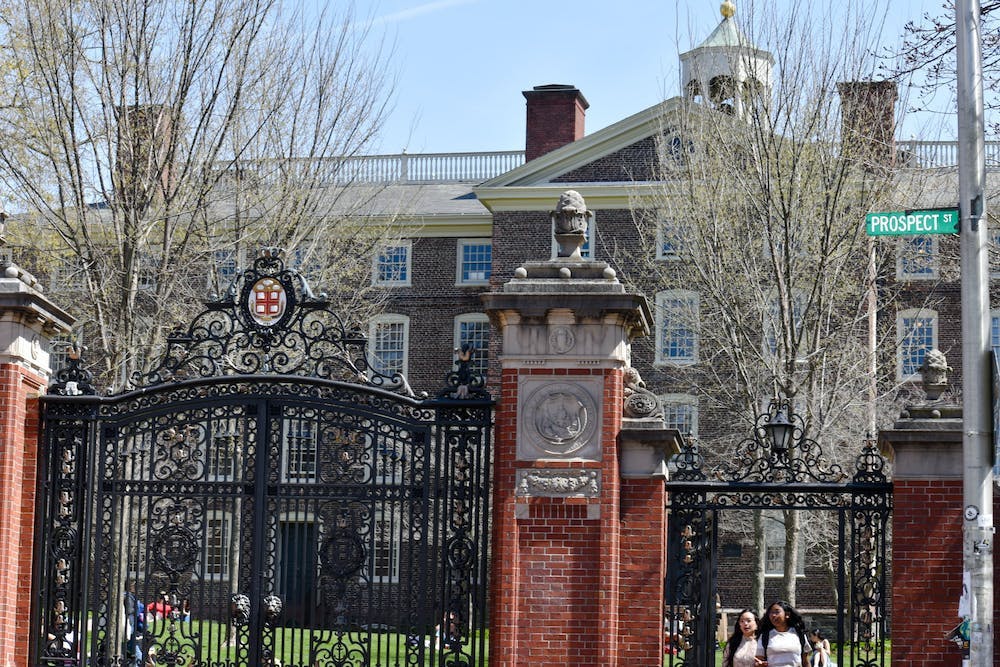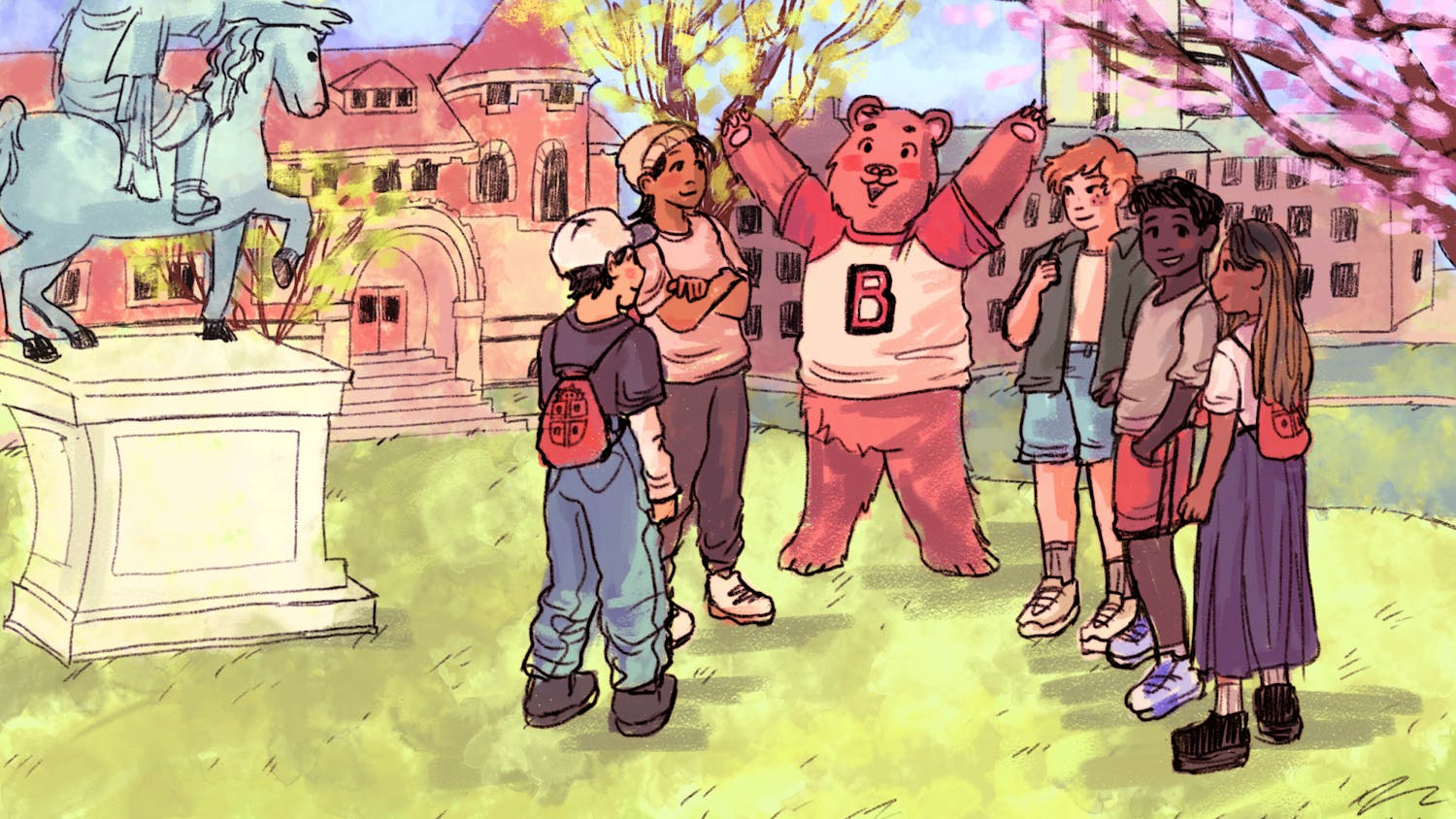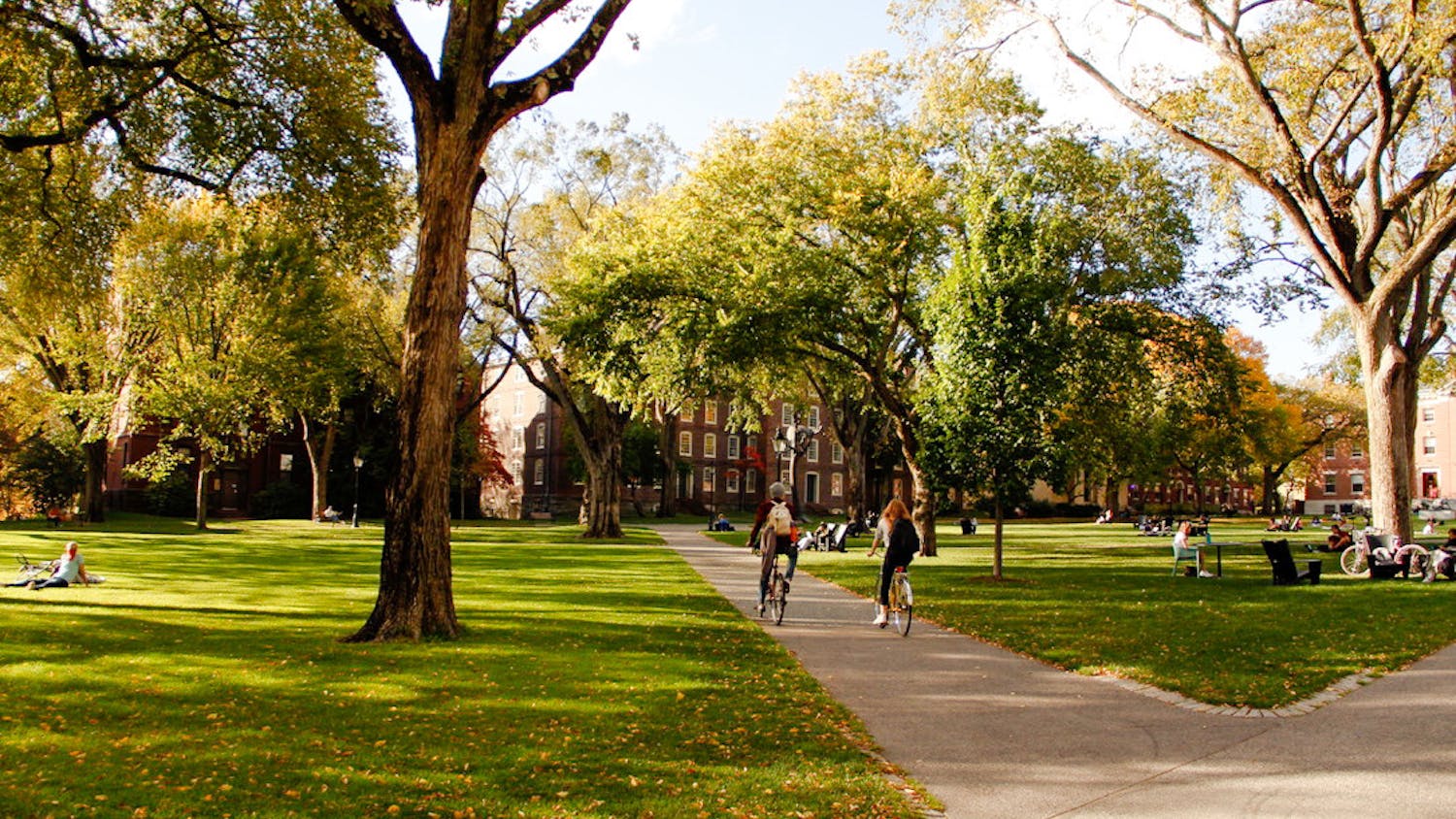Brown has long touted the open curriculum as what sets it apart from its Ivy League counterparts.
Martha Mitchell’s Encyclopedia Brunoniana, an online database for University history, partially credits the efforts of former instructors George Morgan, originally a professor of applied mathematics, and Bruce Lindsay, a professor of physics, in the curriculum’s development. And both Brunoniana and a University website detailing the curriculum’s history note years of student work and activism that went into the curriculum’s creation.
In 1958, Morgan approached then University President Barnaby Keeney with a plan for a course titled “Modes of Experience: Science, History, Philosophy and the Arts,” which sought to examine the intersections between the respective fields of study. Keeney, intrigued by the idea, told Morgan to talk to Lindsay about a similar course, “The Role of Science in Civilization.”
The two courses became the first in a new category: “University Courses in Interdisciplinary Studies.” They gained popularity quickly, according to a Brown Alumni Magazine article.
Morgan, according to a 1970 Herald article, laid the intellectual foundation for the open curriculum: Students, he believed, needed the “chance to integrate (their) understanding of the various intellectual disciplines.”
“George felt that the students were watching,” said Chaplain of the University Janet Cooper Nelson. “He felt that the school Brown needed to be was a place where you could pursue your interests and feel … passionate about your reasons why.”
In 1966, Elliot Maxwell ’68 and Ira Magaziner ’69 began a Group Independent Study Project examining “methods of teaching and learning at Brown,” according to the University website. Their final recommendations included removing all distribution requirements, the choice to take any class pass/fail and adding four semesters of interdisciplinary “Modes of Thought” classes.
According to the 1970 article, both Magaziner and Maxwell were “students of Mr. Morgan and sought his advice.”
Maxwell and Magaziner built support for their recommendations throughout the student body, leading activism that — alongside reports from multiple faculty committees — culminated in a May 1969 faculty vote establishing the key tenets of the open curriculum.
“If there weren’t really important faculty like George joining with student leaders, the curriculum change would never have happened,” Cooper Nelson said.

Sofia Barnett is a University News editor overseeing the faculty and higher education beat. She is a junior from Texas studying history and English nonfiction and enjoys freelancing in her free time.





